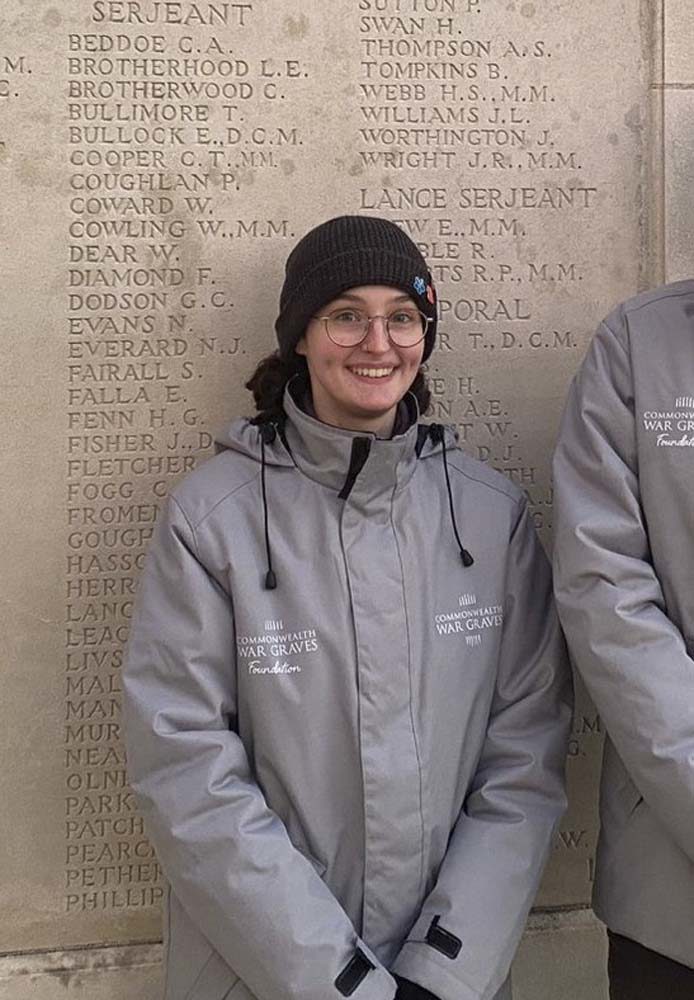25 October 2023
Black History Month: One Guide’s look at the British West Indies Regiment
For Black History Month, CWGF Guide Alex Rootes researched the British West Indies Regiment after an encounter in Faubourg D’Amiens Cemetery.
Black History Month
The Commonwealth War Graves Commission commemorates men and women from multiple ethnicities in our cemeteries and memorials.
To recognise Black History Month, I wanted to write a blog looking at the experience of black soldiers during the First World War.
The question was where to begin my research and what story should I tell?
Six War Graves in Faubourg D’Amiens Cemetery

Image: West Indies Regiment war graves in Faubourg D'Amiens War Cemetery, Arras, France (Alex Rootes)
While walking through Faubourg D'amiens Cemetery in Arras, I stumbled on six graves in a row: Privates Henry, Pottinger, Williams, Clayton, Cover and Brown.
All were killed on 10th May 1917 and all served with 3rd Bn, British West Indies Regiment.
The British West Indies Regiment (BWIR) was formed in 1915 using men from the West Indian colonies who had travelled to the UK to enlist in the British Army.
Initially, the British Army had drafted these men to various units, but eventually, the decision was taken to allow them to serve together.
In total, the BWIR raised 10 battalions for service overseas, including in France, Belgium, Italy, Egypt and Palestine. Some 397 officers and 15,204 other ranks served with the BWIR in the war, coming from across the Caribbean.
The British West Indies Regiment in France
3 BWIR arrived in France via the port of Marseilles on 3rd September 1916 and were immediately put to work as a labour battalion.
There was an extreme shortage of labourers on the Western Front and, due to the British military hierarchy’s unease at using non-white soldiers as frontline troops, many non-white colonial units found themselves employed as labour battalions doing a vital but unglamourous job.
This was not the experience of all BWIR battalion with some, notably the 1st and 2nd battalions, seeing significant action in their primary role as infantry units.
Initially, 3 BWIR were allocated to support artillery units on the southern Somme sector in areas such as Contalmaison and Maricourt.
Unloading heavy shells and ensuring that they made their way to the gun lines when they were needed was difficult and dangerous work.

Image: Soldiers of the British West Indies Regiment camp on the Albert-Amiens Road, September 1916 (© IWM Q 1202)
Arriving on 7th September, they found themselves under frequent German shellfire and by 11th September they had lost their first soldier to enemy action, Pte W Francis of ‘C’ Company who died of wounds received on 9th September at Morlancourt.
They remained working behind the front lines until 31st October when the battalion moved to Boulogne-sur-Mer, a key allied supply port, and were employed as dock labourers.
After several months at Boulogne-sur-Mer, they returned to Marseilles on 8th February 1917 where they continued working as dock labourers until 3rd April.
By 6th April the battalion Headquarters had established itself in Fosseux, about 20km south west of Arras with detachments posted to eight sites in and around Arras.
This included 3 officers and 100 other ranks who were deployed to work in ‘Q’ Dump, a large ammunition storage site on the outskirts of Arras.
The battalion’s arrival coincided with the Battle of Arras, a large British offensive aimed to capture high ground to the north and east of Arras, which took place from 9th April-16th May.
Consequently, this was an exceptionally busy time for the battalion, with huge quantities of equipment and supplies being transported to the front lines to support the offensive.
The battalion War Diary makes frequent references to stocks of ammunition and different equipment that the battalion was responsible for. On 1st May, for example, the War Diary records:
“Beaumetz: Unloaded 14 trucks 9.2”, 12 trucks 60 pdr. Loaded 8 Decanville cars [Decanville was a light railway train and track manufacturer] 60 pdr gas
shells.
Faubourg D'amiens: Handled 8,500 shells.
Larresset: Handled 23,500 18 pdr. Usual work remainder”

Image: An extract from a British West Indies Regiment war diary
These numbers were by no means unusual for this period.
Disaster in the cartridge store
A few days later at 0830 on 10th May, disaster struck at ‘Q’ Dump when the cartridge store caught fire.
The cartridge store building was destroyed, however, the 3rd Bn soldiers working at ‘Q’ Dump were able to save the entire site from being lost.
Sadly, during the fire six soldiers were burnt to death and a further 3 required hospital treatment. Those six soldiers are the men whose graves I found in Faubourg D'amiens Cemetery, Arras.
Three of them, Ptes Henry, Pottinger and Williams, all came from Jamacia, which provided more than two-thirds of all men who served in the regiment.
The British West Indies Regiment’s legacy
In total, 3 BWIR lost 82 men during the war, with a further 16 dying after the cessation of hostilities. The wider BWIR lost 1,499 men killed over the period 1914-1921.
The regiment gained 19 Battle Honours with 81 men awarded medals for bravery and 49 being mentioned in despatches.
Black men and women didn’t only serve in the BWIR, there were a multitude of different units recruited from populations in British colonies across the globe including the King’s African Rifles, the Royal West African Frontier Force, and the South African Native Labour Corps.
The brave men of the BWIR are not the only connection Arras has to the Caribbean.
On the Arras Memorial, you can find 2Lt Walter Tull, a former professional footballer and one of the first black British Army officers. You can read more about him on a CWGC Blog post marking the 100th anniversary of his death.
Want to support Alex and the Commonwealth War Graves Foundation Guides? Donate Today
The Commonwealth War Graves Foundation Guides Programme gives young history lovers an opportunity to work for Commonwealth War Graves in France and Belgium.
They welcome visitors, share the incredible stories of those commemorated by Commonwealth War Graves, and help assist our guests on their journey of remembrance at important sites like Thiepval in Northern France and Tyne Cot, Belgium.
We’re passionate about preserving the memories of the Commonwealth’s war dead and interacting with young people to keep their stories alive. Our Guides help us in our core mission while becoming equipped with real-life skills to aid their personal development.
Our Guides Programme relies on your generosity.
£100 could pay to fully train one of our Guides ready for their experience of working abroad so they are best able to welcome visitors, share the incredible stories of those we commemorate, and help assist visitors on their journey of remembrance.
Please donate to the Commonwealth War Graves Foundation today.

Why I became a Commonwealth War Graves Guide: Beth’s story
Fresh from her time in Belgium, Beth Crichton shares what she learned representing the Foundation and Commission as a Commonwealth War Graves Guide.
Why I became a Commonwealth War Graves Guide: Beth’s story

